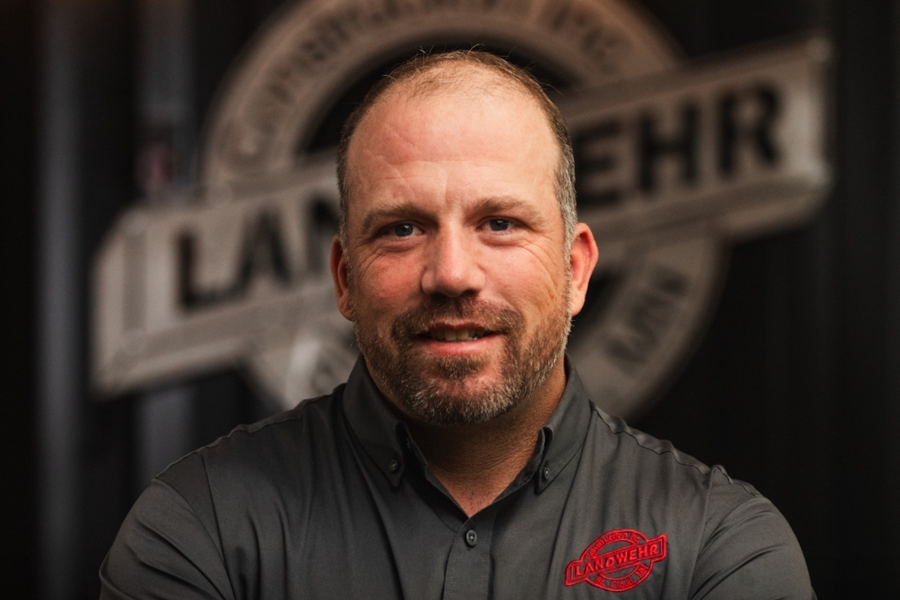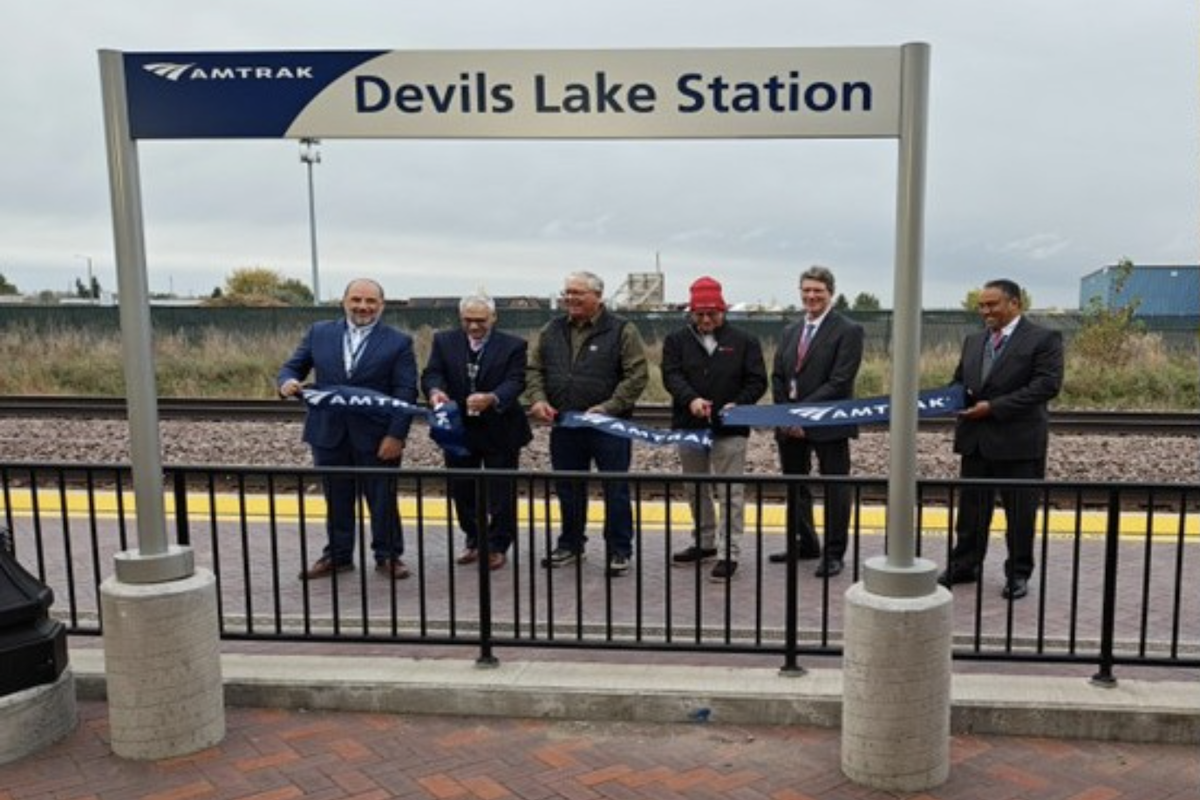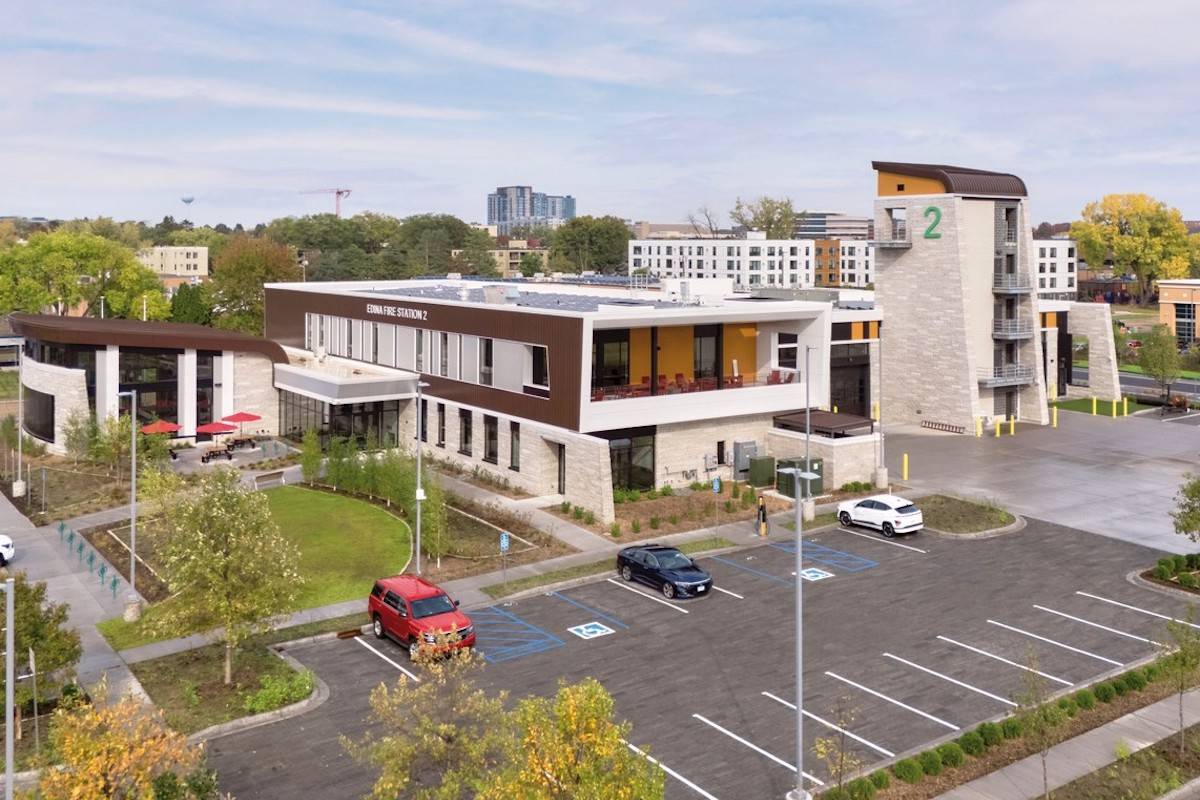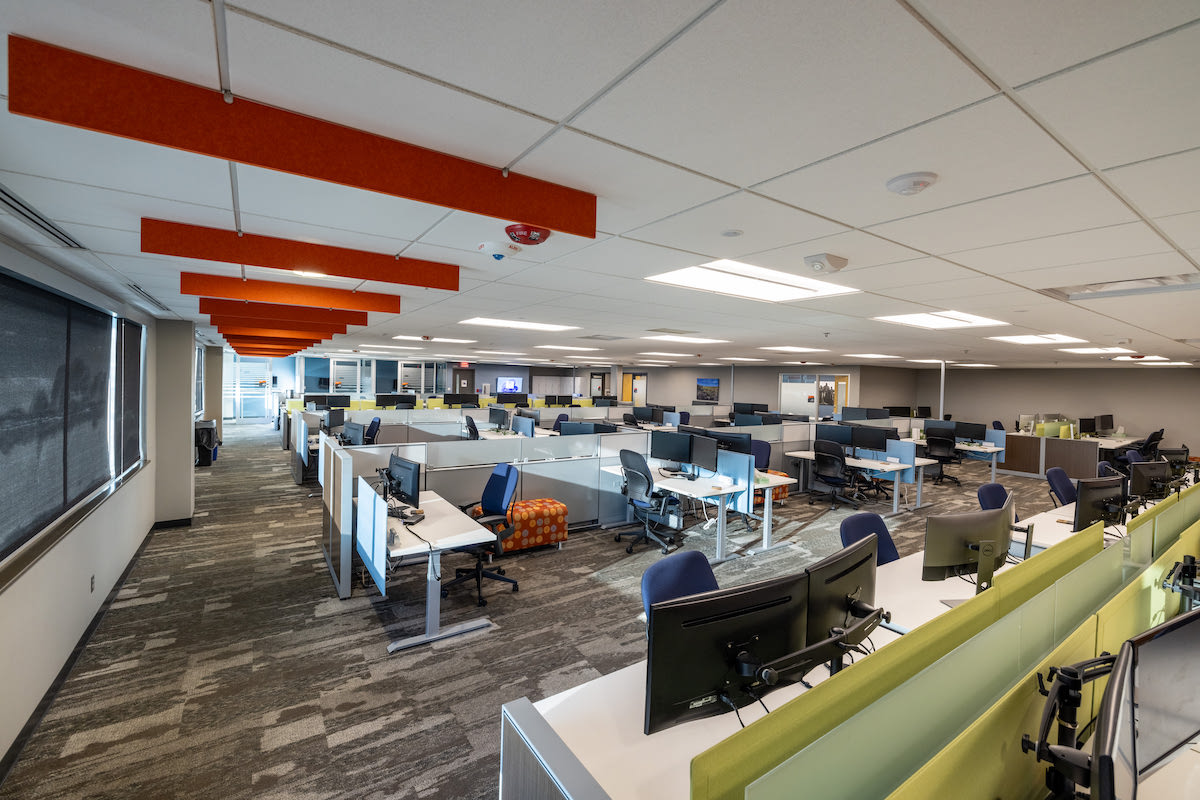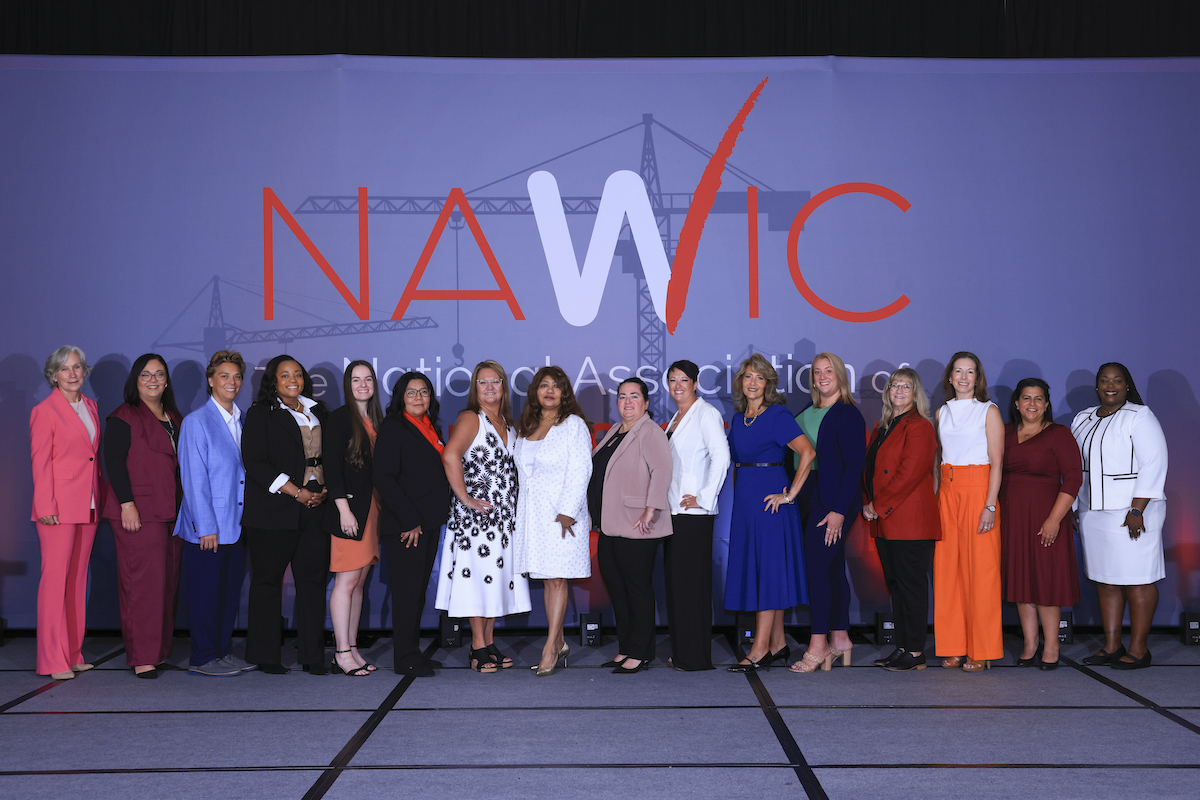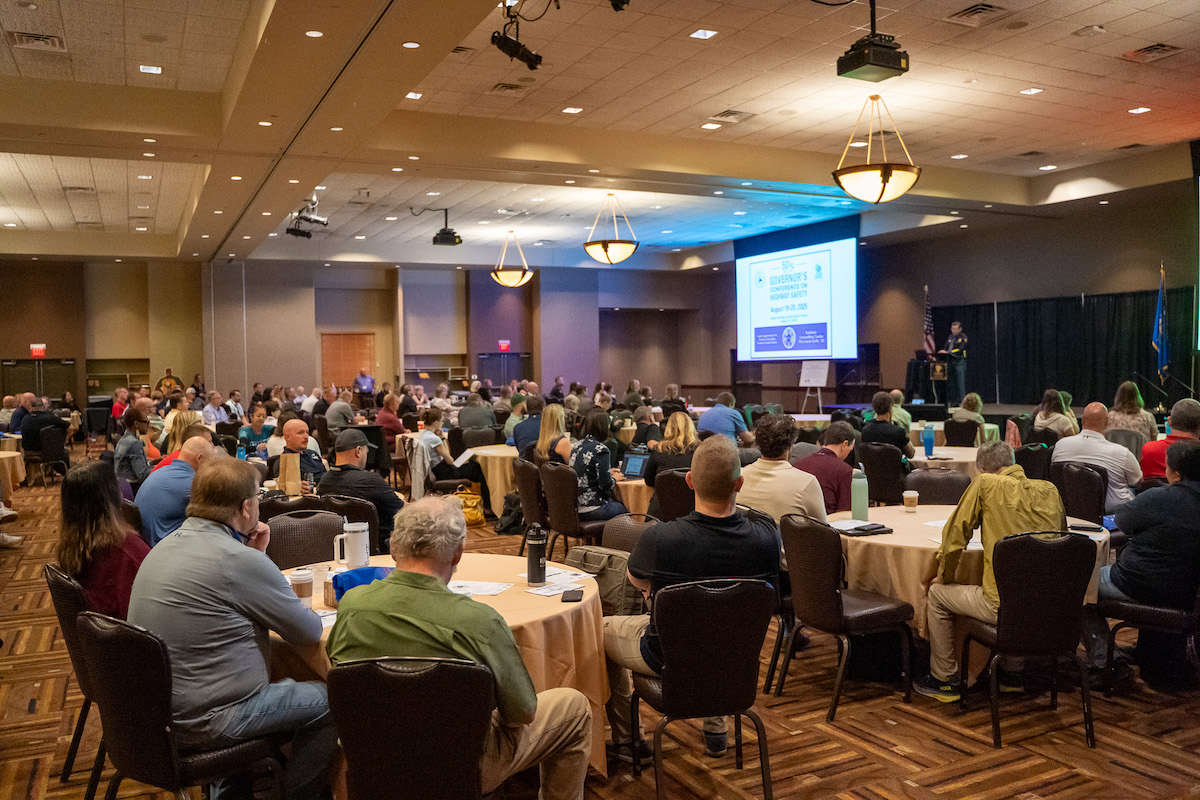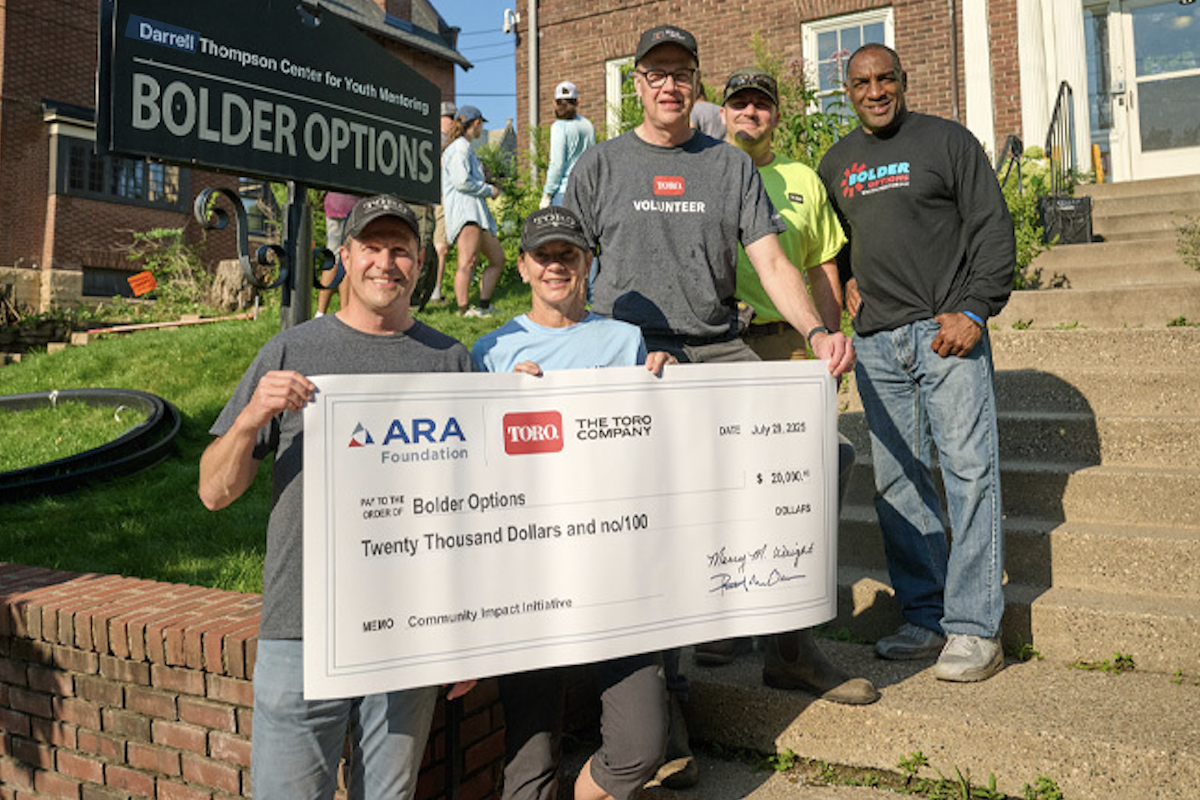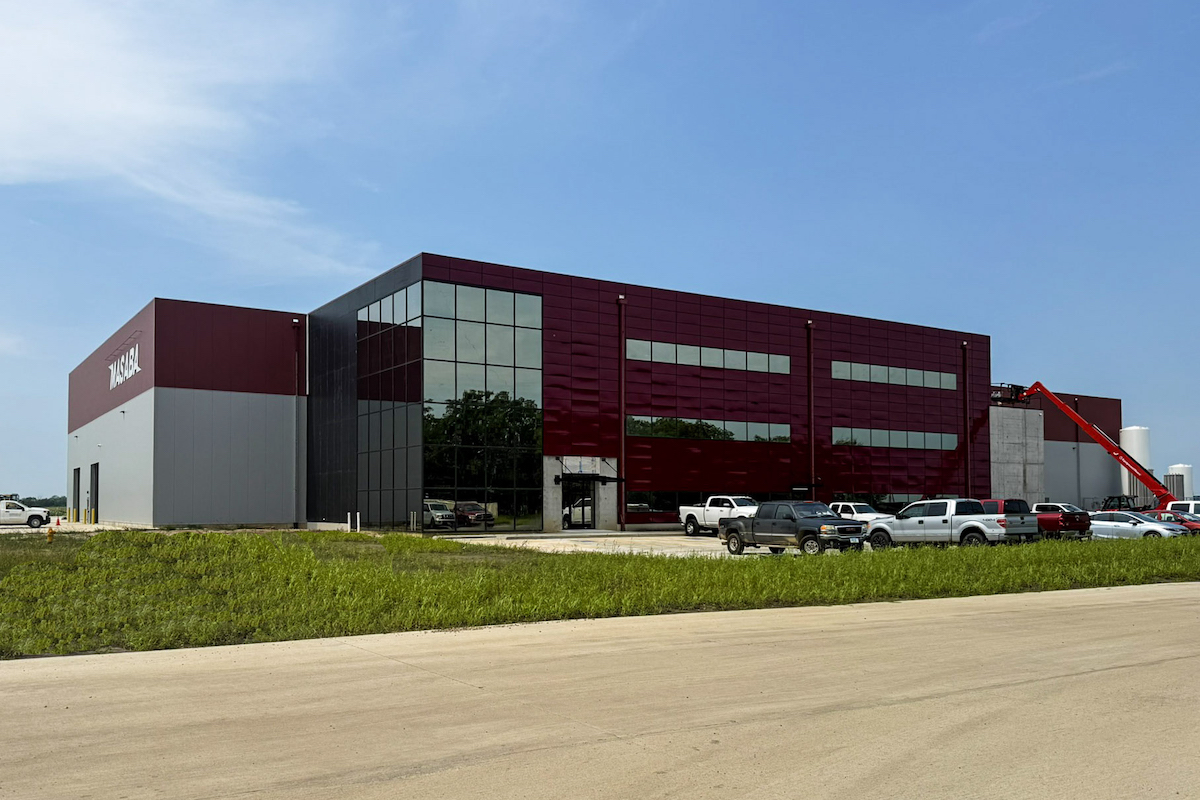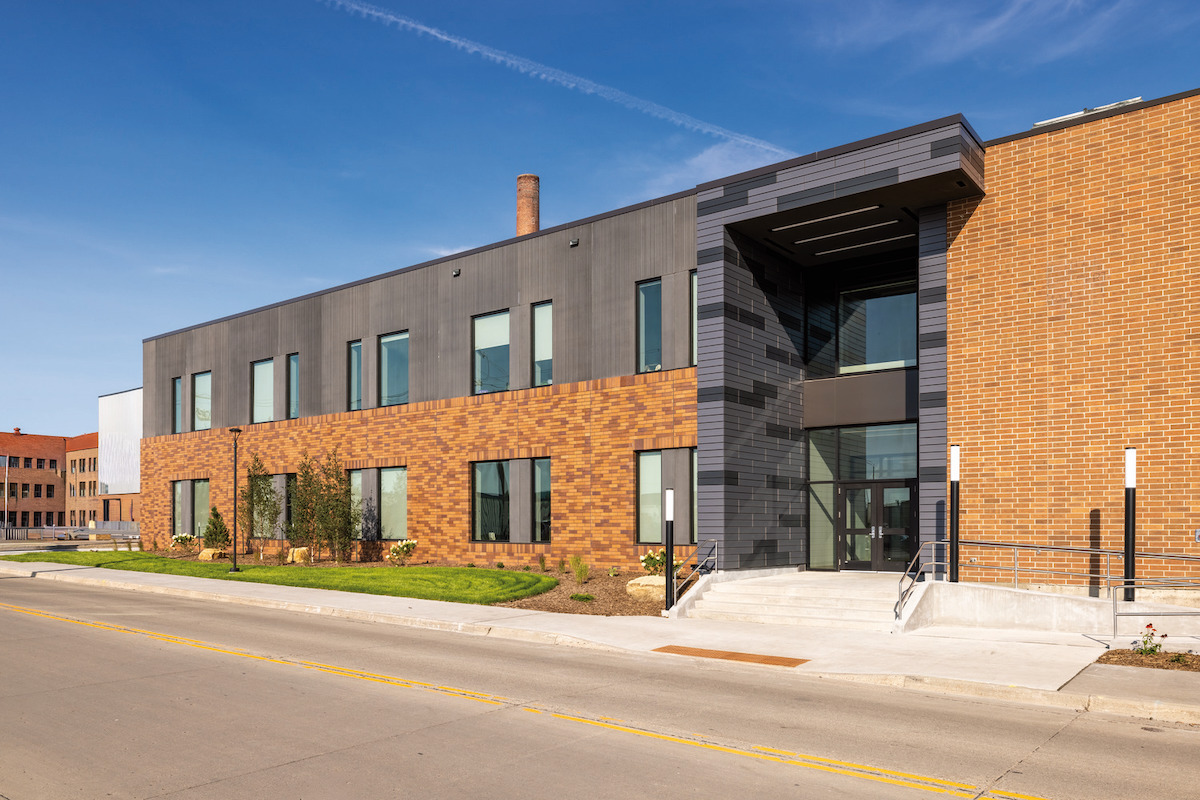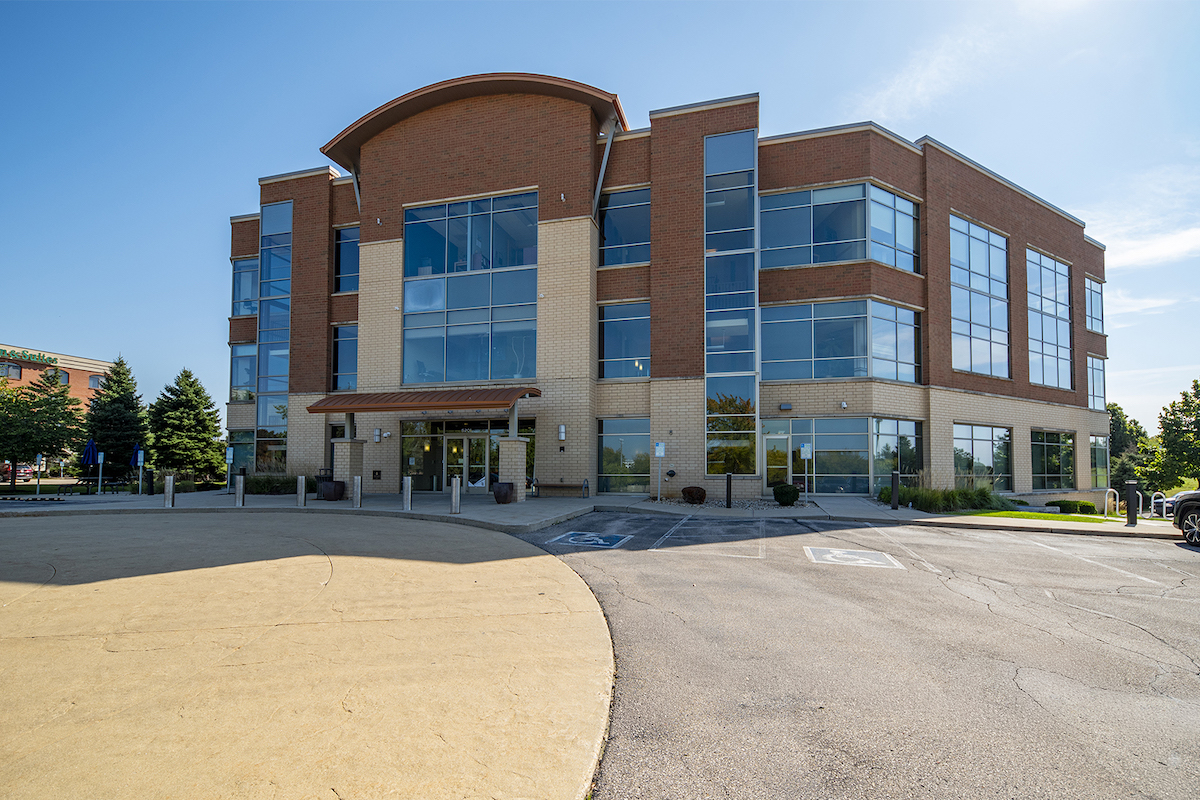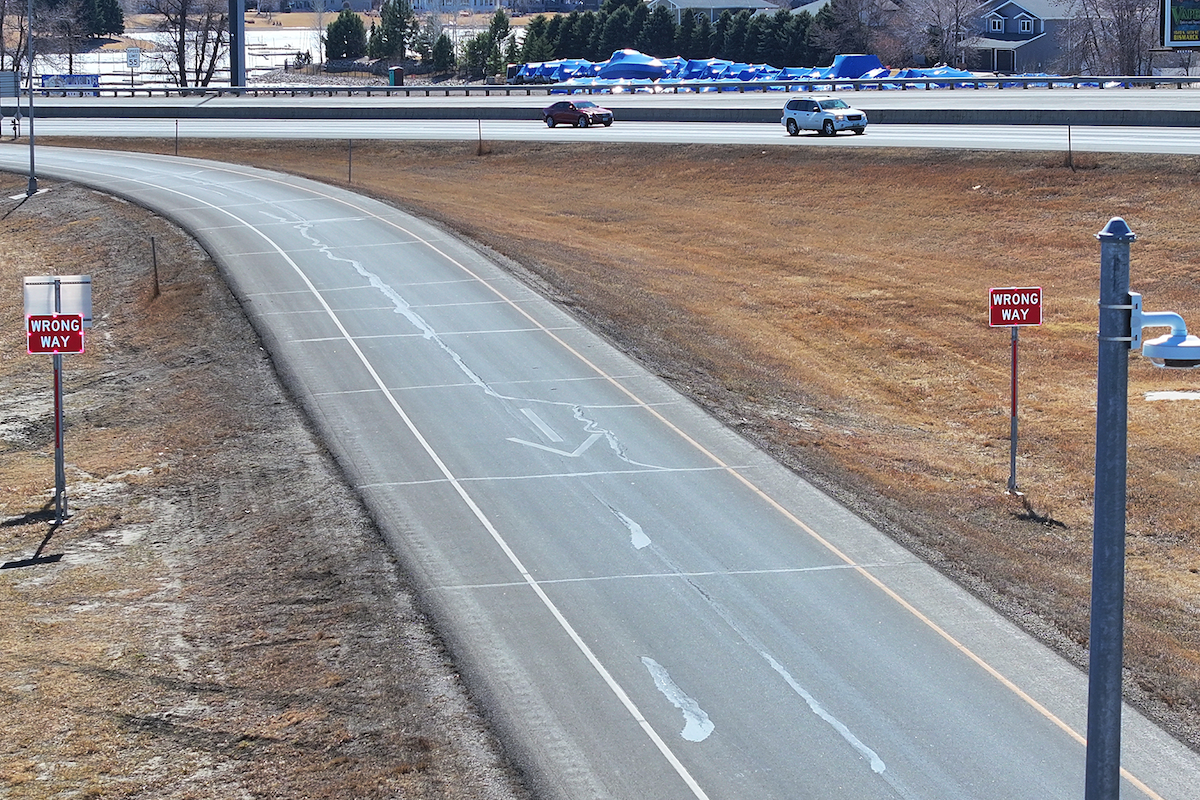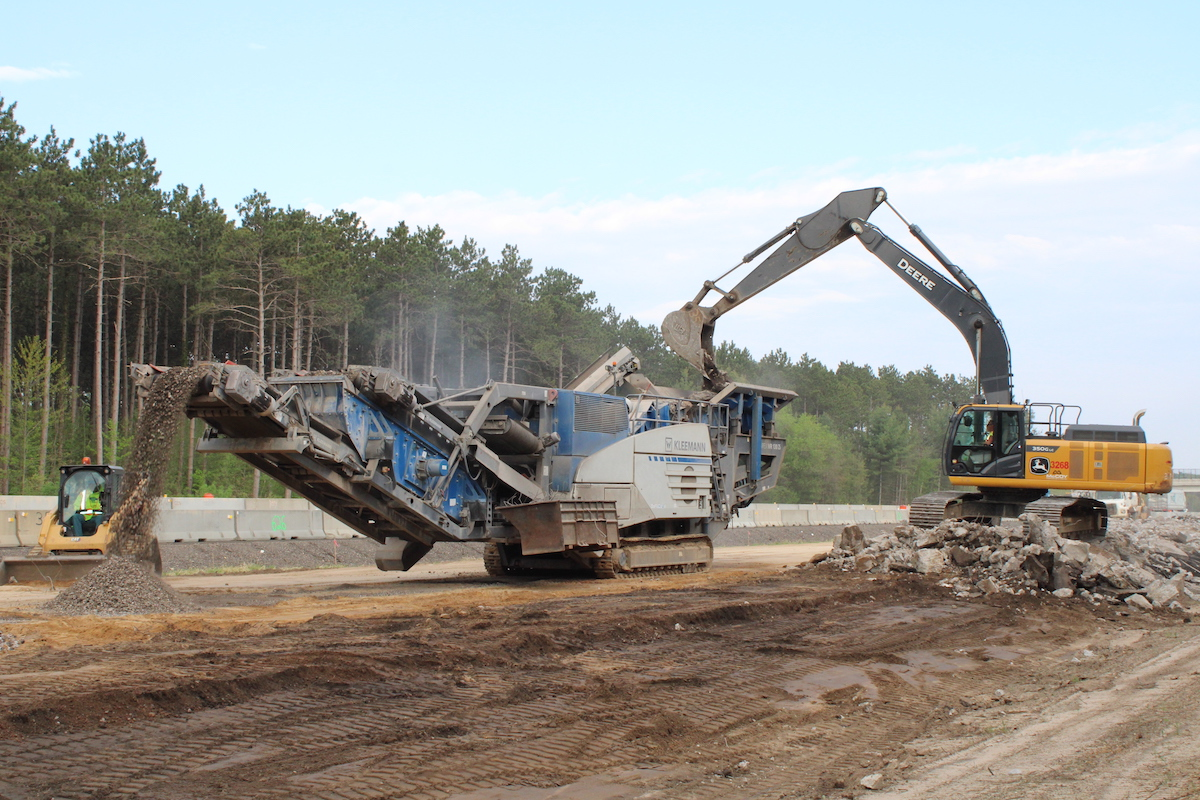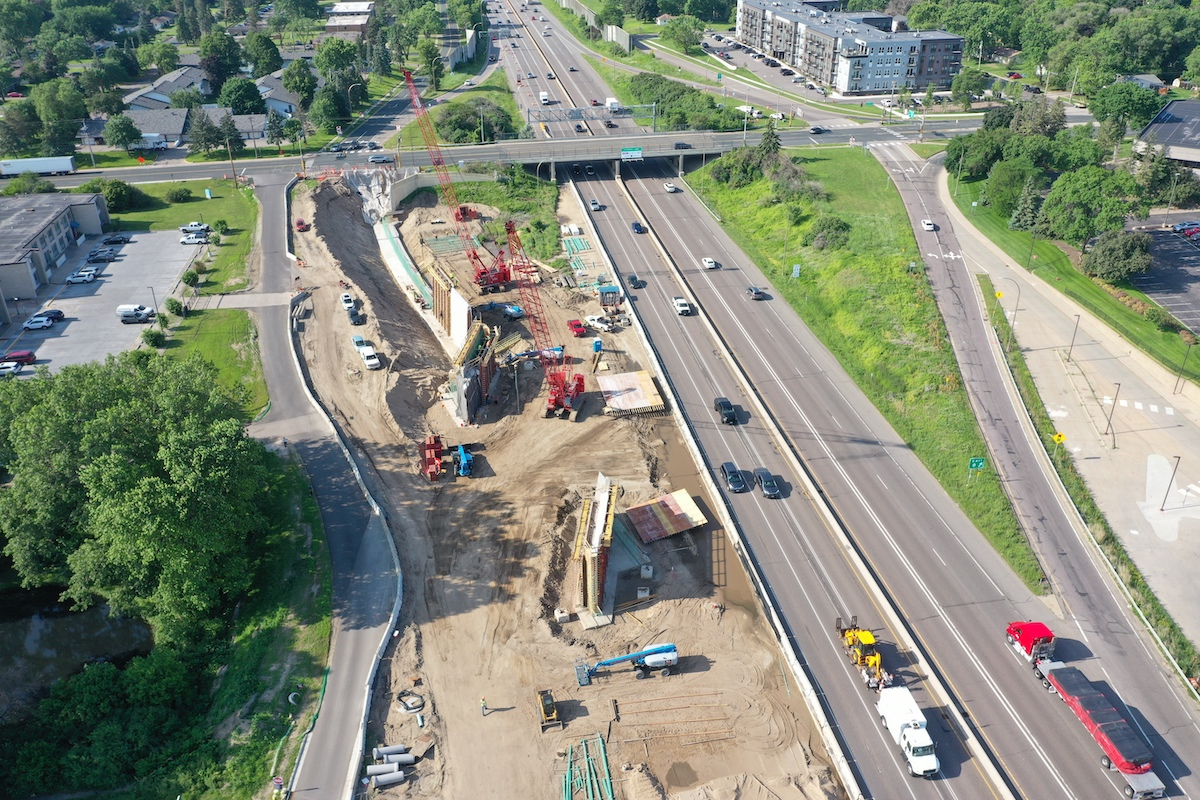As the Director of Talent Development at Indiana Constructors, Inc. (ICI), he now works to provide hands-on learning opportunities that ignite passion and pave career paths for high schoolers across Indiana. This was exemplified through his experience transforming the program at Hamilton Heights High School in Arcadia, Indiana, where engaging activities like operating heavy machinery in a "sandbox" keep students motivated to learn.
Now, Fisher spearheads a statewide initiative partnering schools and contractors with a program called Work IN Roads. Through competitions, internships, and teacher training, he aims to attract diverse talent and ensure both educators and future workers gain real-world skills.
For a long time, Indiana has offered Career and Technical Education (CTE) courses at many high schools. In 2017, the state changed the methodology used to assess CTE career pathways funding based upon an occupational demand ranking system. Careers that were likely to have a “high wage” (defined as $13.01 and above) and a high demand level (801 or higher long-term projected openings) would receive more funding per student, per credit. Infrastructure was ranked as a high-wage/high-demand program — but nowhere in the state was a comprehensive course offered in civil construction.
About the same time, Fisher realized that traditional, building trades-oriented construction education was not adequately supporting students. At Hamilton Heights, students received foundational construction training internally but were then sent to a vocational center for more comprehensive instruction. However, off-campus education did not work for every participant (see “Benefitting At-Risk Students” section at end of article).

| Your local Link Belt dealer |
|---|
| Hayden-Murphy Equipment Co |
Recognizing this gap, Fisher identified the need for alternative approaches to construction education, thus giving rise to the civil construction pathway. He pivoted to a work-centered approach, emphasizing hands-on learning opportunities such as the operation of heavy machinery. Viewing civil construction as a means to actively involve students and introduce them to a broader spectrum of career prospects within the construction industry beyond the conventional trades like electrical, plumbing, and HVAC, Fisher embarked on this new educational journey.
“We (Hamilton Heights High School) applied in the middle of COVID and received a $60,000 grant,” Fisher explained. “So, I bought surveying equipment, concrete finishing formwork, rebar benders, and related tools to support civil construction.”
After students complete a year of Principles of Construction, usually in 10th grade, they choose one of two pathways — traditional (building) construction or civil construction. Over the next two years, students focus on their pathway with Level I (junior year) and Level II (senior year) coursework.
The 15-student civil program got off to a rocky start and Fisher felt that the students were disconnected. Learning about heavy equipment in a classroom wasn’t the educational experience he had envisioned.
While browsing the internet for inspiration, he stumbled upon a company that offered individuals the opportunity to pay for the experience of operating heavy machinery. Realizing the fascination with controlling heavy equipment, he conceived the notion of establishing his own educational equipment "sandbox" tailored for students. With his school superintendent’s blessing, Fisher hosted the first three-day, hands-on equipment operator training in May 2021 using rented skid steers.
Over the next two years, 148 students enrolled in the construction programs at Hamilton Heights. “What I realized is that, in the civil construction pathway, operating equipment is the attractive piece that allows us to cover the whole gamut, the whole industry of civil construction, from skilled trades to professional services, civil engineering, and project management,” Fisher said.
He was especially excited to see growth in the number of at-risk, extracurricular, and female students. After that, Fisher strove to have at least two hands-on experiences per semester.
“During the 2021 school year, kids that were at-risk in other parts of the building were turning in their English papers because they wanted to come down and hop on the simulator,” Fisher said.
The second motivating factor for students was the opportunity to make money while learning.
Hamilton Heights began placing students in paid internships and paid positions with contractors. When one of the first students placed in an internship received his initial $240 paycheck, it created a huge buzz among the other students. It showed students a clear pathway from their high school education and training directly to a job and paycheck. It helped shift their mindset from just getting through school to learning skills that would provide financial rewards after graduation. The promise of "graduate Saturday, job site Monday" was an impactful catchphrase that captured the potential for immediate career and financial outcomes.
ICI, an association representing Indiana’s highway, heavy, and utility construction contractors, approached Fisher about helping take the program statewide and in 2022 he agreed. Fisher had been struggling to manage the rapid growth of the program at Hamilton Heights by himself and had difficulty finding qualified teachers to help. Using the resources ICI offered would give him a chance to train more educators and increase the program’s size and impact. They called the new program Work IN Roads.
By next school year (2024-2025), Fisher expects to have 17 schools offering a Civil Construction Pathway to students and has a goal of adding five new schools each year after that.
The initial capital investment for a school was $50,000 in 2023 for necessary tools. Add in a simulator at $24,000 and the cost could be prohibitive for many schools. ICI’s foundation, which previously raised money for college scholarships, has shifted gears to support the high school CCP programs through Work IN Roads. The foundation provides schools with tools for hands-on learning and professional development for teachers. Several schools also use grants to help mitigate the costs.
While Fisher encourages new schools to embrace the CCP course, he also works with existing programs to help coordinate internships and job placements with ICI members; shares best practices, curriculum, and lesson plans between schools; promotes the program to students and parents; helps organize a student competition; and trains educators.
High schools have started looking at people working within the industry who already have construction knowledge and can quickly get a Workplace Specialist License from the Indiana Department of Education. This allows individuals with occupational work experience in a specific vocational area to be qualified to teach in a career center or high school.
Adding to that, Fisher has formalized and grown the original summer teacher training camp to a four-day, all-expenses-paid, experiential learning blitz for Level I instructors. With the help of other industry associations, as well as contractors and suppliers around Indianapolis, teachers visit a mine to learn where mineral aggregates come from; watch asphalt paving; learn about concrete pouring, dispatching, and testing; go to an active job site; see how surveying equipment works; observe concrete pipe being made; and get a chance to try out some heavy equipment. In the evenings, they are wined and dined and shown the appreciation most teachers never get.
This summer, 11 teachers will participate in a new Level II summer session to increase teacher knowledge of cranes, rigging, equipment maintenance, trench safety, erosion control, bridge inspection, and job site layout.
Fisher is also connecting teachers with contractors for summer externships. Because teachers are historically underpaid, this gives them a way to supplement their income while increasing their knowledge of the industry.
To make it even more exciting, Garrett High School modeled their signing day after the NFL draft. Schoon announced the "picks" in front of parents and students, with the first student selected receiving PPE and branded gear from their new employer. This made the hiring process a celebration and created meaningful interactions between students, parents, employers, and the community.
Last year, Work IN Roads hosted a "Golden Shovel" competition to engage high school students and let them test their skills against other schools. The competition paired teams of three students with an industry professional coach. Students were given tasks mimicking real-world job site work, like laying out and grading a concrete pad. Their performance was scored for elements like operating heavy machinery efficiently and maintaining tight grade tolerances. Additional challenges were introduced through "change orders" to simulate job site adjustments.
Over 150 industry professionals and parents attended to watch. The event exposed students to professionals in a fun, game-like format and served as a recruiting tool for contractors to interact with potential hires.
Contractor Rieth-Riley bought all the participating students a PPE winter coat with the Golden Shovel patch, which Fisher likens to an athlete’s status symbol. “These kids wear those coats like a letterman jacket and they’re excited to be at school and show off that state championship patch,” he said.
Upon graduation, students are getting a variety of jobs, including working with Building Information Modeling, surveying, construction inspection, asphalt quality control/quality assurance, erosion control, welding, and general labors. They come out of high school with no debt and almost certain employment with great opportunities for career growth.
By exposing students to the full scope of the industry through hands-on learning, the program aims to open up opportunities in both skilled trades and professional services careers within civil construction. Fisher emphasized the goal is for students to "graduate Saturday, job site Monday" and for civil construction education to become as widespread and respected as traditional trades programs, inspiring the next generation of Indiana's construction workforce.
Benefitting At-Risk Students
Switching to civil construction education on campus positively impacted Hamilton Heights High School at-risk students in a few key ways:


















